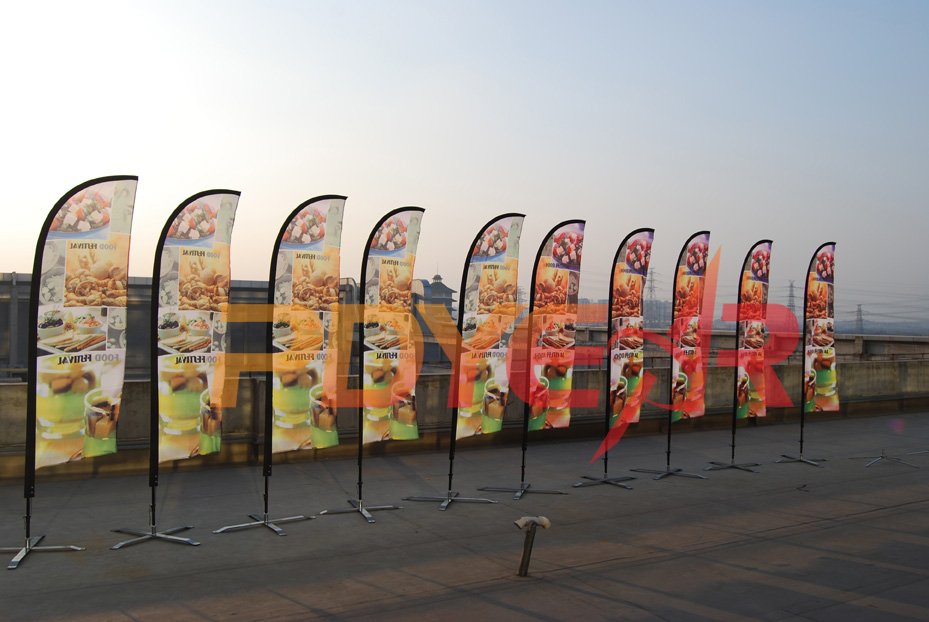Over the years I have often had requests from customers to install vents in banners to relieve wind pressure. While wind vents do theoretically dissipate some of the load transferred to a banner by wind, I submit that they actually undermine the overall durability and structural integrity of the banner to a far greater degree than the benefit derived from venting it. Let’s take a closer look at this phenomenon.
A typical wind vent is a crescent shape that is cut into a banner with a mallet die or a utility knife using a circular object as a guide. The vent created in this process measures approximately 6” wide by 3” in depth. Naturally, this can vary from one shop to another. What is important to note is that we have put holes in a perfectly good substrate.
Now I am no mathematician nor am I an engineer, so for ease of calculation of the area created with the aforementioned process let’s look at the vent as if it was a half circle. Naturally this will not give us an exact area of the vent, but for the purpose of this analysis I am going to err on the side of the school of thought that wind vents are beneficial. Let’s call this the theoretical area.
To arrive at the theoretical area of the vent, let’s use the 3” measurement as the radius of the half-circle that we’ll call the vent. Some may remember that the formula for calculating the area of a circle is πr2. Therefore, the equation of (π32)/2 (remember it is an area of half a circle we are after) should get us close to the theoretical area of our vent. In this case we are looking at a total theoretical vent area of 14.14 square inches. A customer might ask for four wind vents on a typical 3’x8’ vertical pole banner because to ask for more would begin to effect its visual impact negatively. So 14.14*4 = 56.55 square inches. The area of the banner is 3456 SI. So by installing the four vents in the banner we’ve relieved wind load on a whopping 1.6% of the surface area of the banner.
Currently, a great majority of outdoor banners are printed on Polyester Reinforced Vinyl (PRV) or .006 to .010 thick Polyethylene sheeting. The slightly more economical Polyethylene sheeting is unsupported (not reinforced) while PRV features a woven or knitted reinforcement scrim sandwiched or laminated between 2 or more layers of vinyl. Nevertheless, both separate quite easily once undue stress is placed upon the area of the substrate where a tear has been initiated. Consequently, the probability of a banner failing because of excessive wind pressure is drastically enhanced by the installation of wind vents rather than the contrary. In any case, the previously mentioned “whopping 1.6%” of the surface area of the banner that will be relieved of wind load will be of little consequence.
So my conclusion is that if wind loads are a primary concern reduce the surface area of the banner keep the structural integrity of the substrate intact. Consider alternative substrates such as 50/50 or 60/40 mesh if possible and pay particular attention to the method used to display the banner.
The writer of this article, Mark Wormser, owns several highly successful enterprises that depend upon traditional marketing methods to succeed. He owns and operates the traditional print marketing company Quality Sign Designers for exactly this purpose. Those interested in getting in touch with Mark can find him on Google+.
